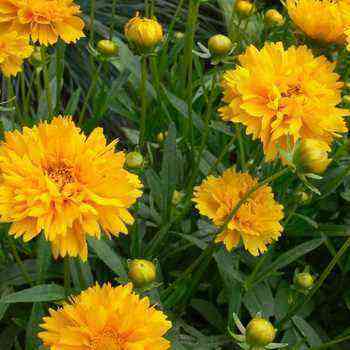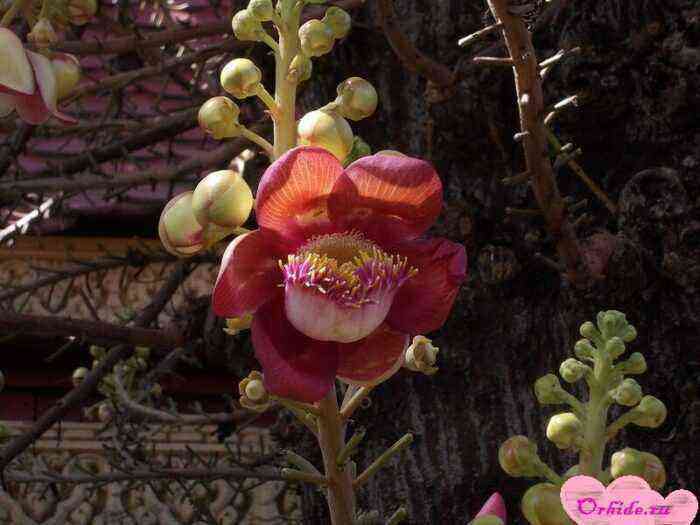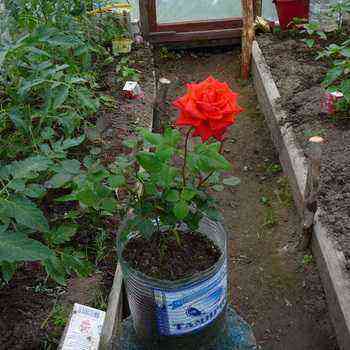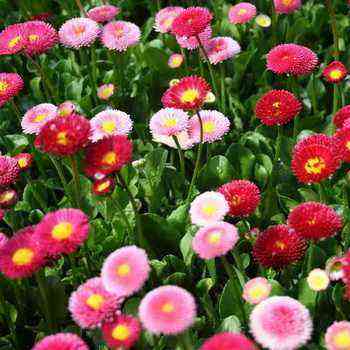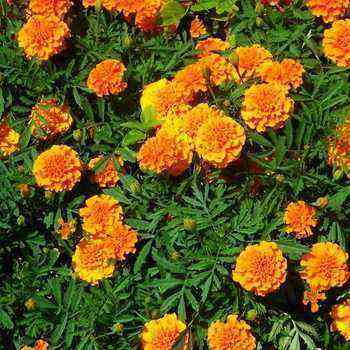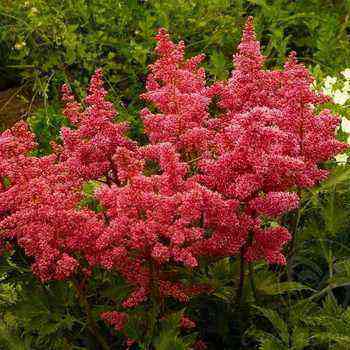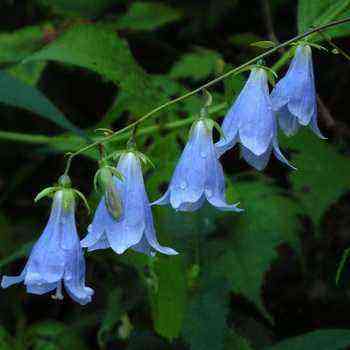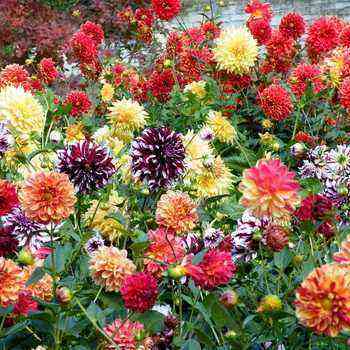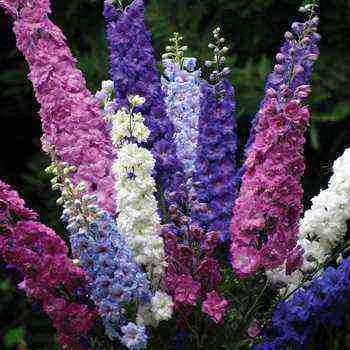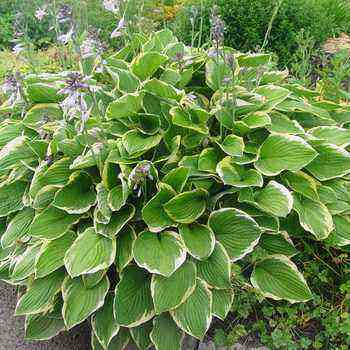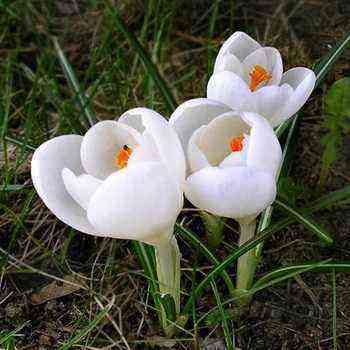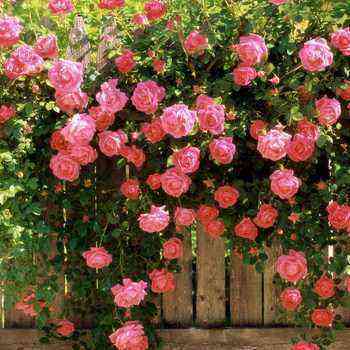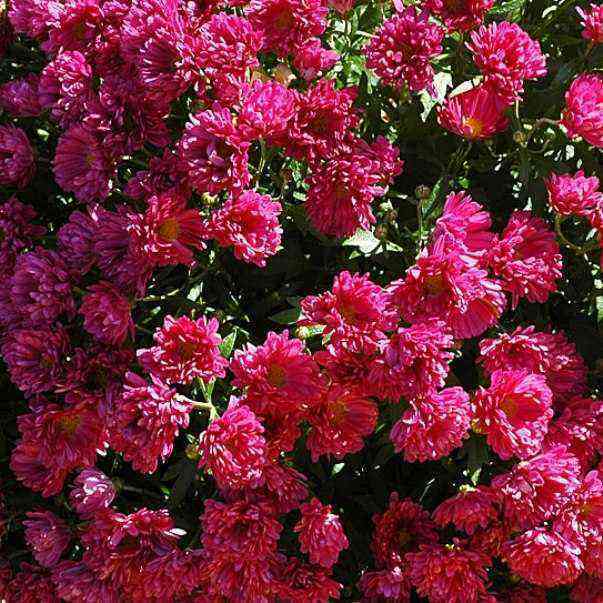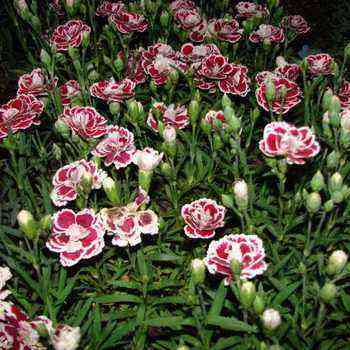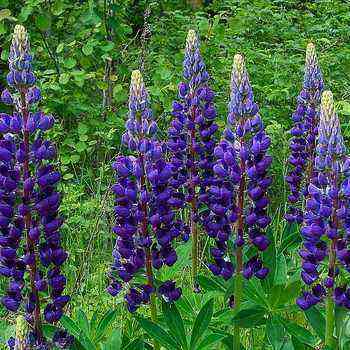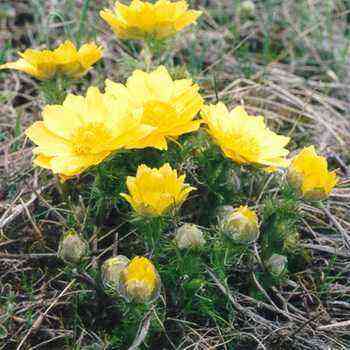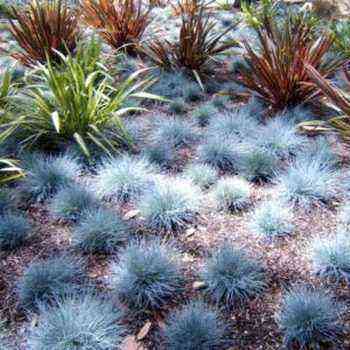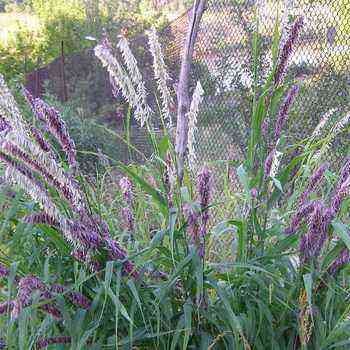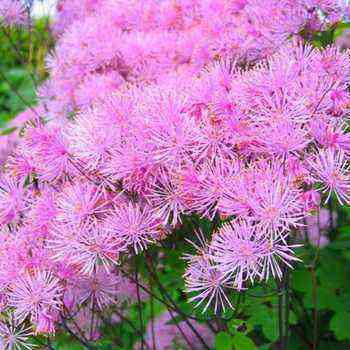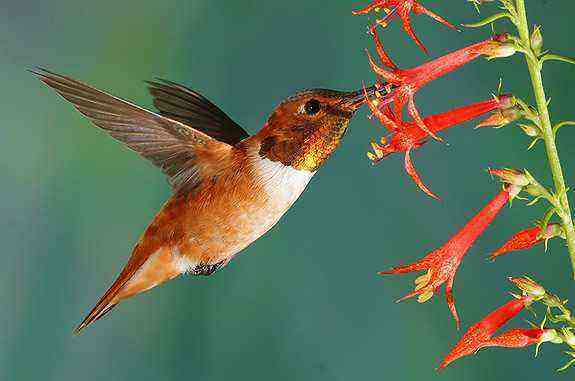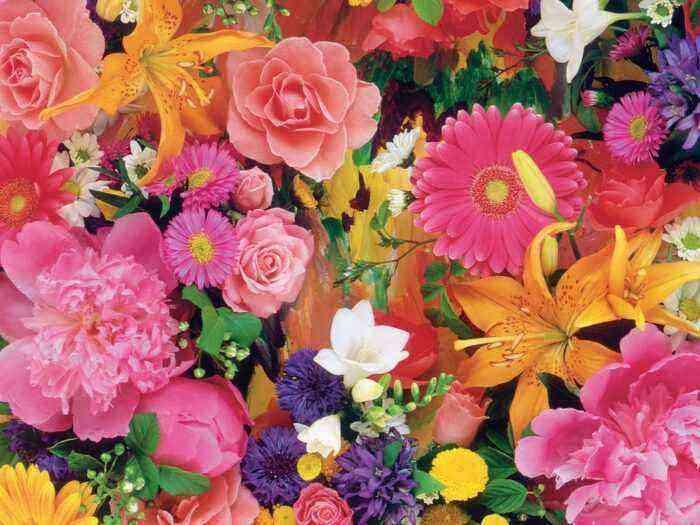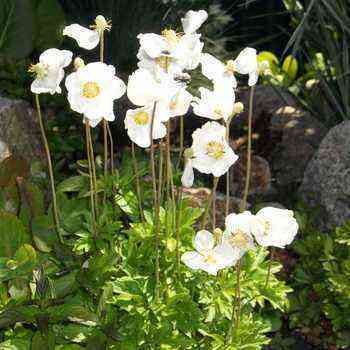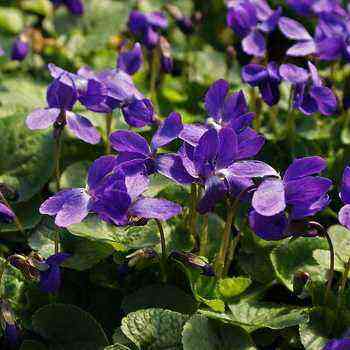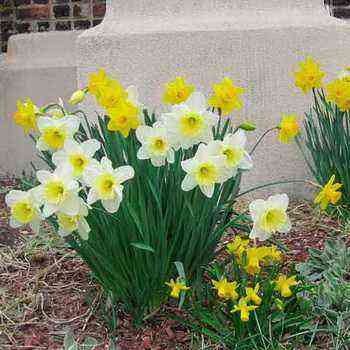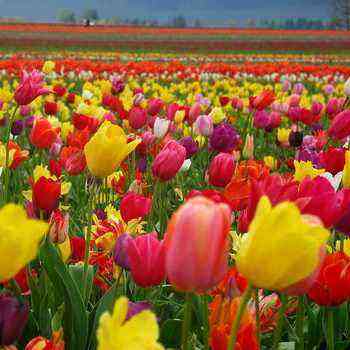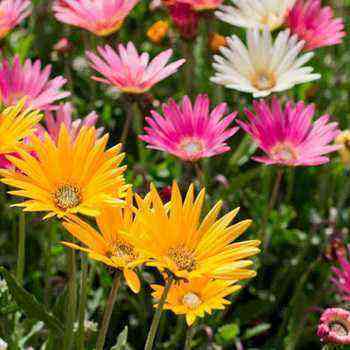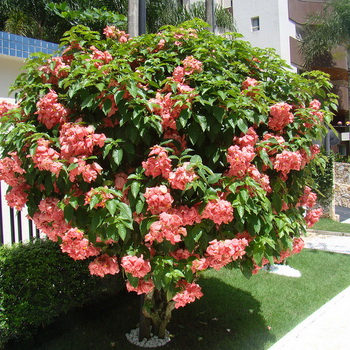 Asian flower shrubs are widespread in our country. Many people use flowering shrubs as indoor crops. They have an excellent appearance and are perfect for landscaping apartments and offices. Also shown are photos of flowering shrubs of various types:
Asian flower shrubs are widespread in our country. Many people use flowering shrubs as indoor crops. They have an excellent appearance and are perfect for landscaping apartments and offices. Also shown are photos of flowering shrubs of various types:
Flowers and flowering magnolia and his photo
The blooming magnolia and its majestic trees are an impressive sight. Magnolia flowers are large: some are about the size of a fist, others are about a whole tray: the large-flowered magnolia has a diameter of 46 cm.Pink, yellow, purple, white or cream, catchy or delicate, with dense, like plastic petals, magnolia flowers cover the entire crown making it look like a huge bouquet. In deciduous magnolia species, flowering begins in spring, even before the leaves appear. The buds do not bloom for a long time – they are waiting for beetles to pollinate them, crawling into the bud to feast on nectar. Only when the flower is closed is it ready for pollination. The already pollinated flowers are blooming. Bees and wasps flock to their scent, but magnolias no longer need pollinators.
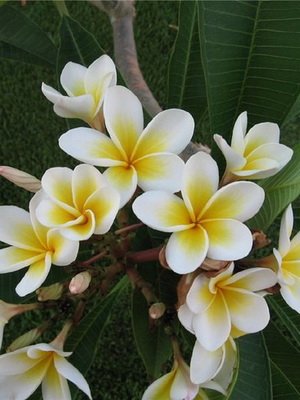

Magnolia flowers, in the photo it is perfectly visible, are one of the most beautiful and most ancient on our planet. Magnolias appeared on the Earth earlier than bees, therefore, they are pollinated by more ancient insects – beetles. Magnolias are more than 300 species, they grow in the subtropics, East Asia and North America. People appreciated the beauty of magnolias and decorated gardens and parks with them in different parts of the world. In our country, blooming magnolias can be admired from the end of March in the Caucasus and Primorye.
The beauty of magnolia bloom will not yield to another subtropical tree – camellia. Magnolia in bloom is distinguished by its magnificent grace.

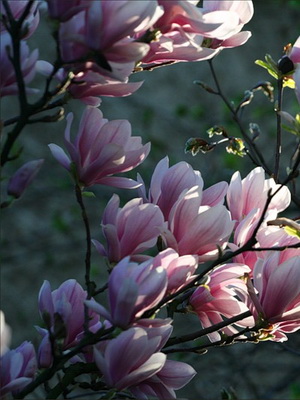
Look at the photo of the magnolia in bloom, appreciate the beauty of this sight. A native of East Asia, the evergreen camellia is the closest relative of tea. In spring, white, pink or red flowers, similar to roses or peonies, bloom on the branches of camellias among the dark greenery. Camellia flowers seem to be artificial: they do not smell, and their petals look waxy. In Japan, it is customary to decorate graves with camellia flowers, dedicating their beauty to the dead. Camellias were brought to Europe by the monk Joseph Kamel, having returned from a missionary trip to Asia. The Europeans named these plants after him. The beauty of camellias turned the heads of European ladies, and in high society it became a sign of good form to appear in society with bouquets of these flowers. Camellias were fabulously expensive, and ladies spent fortunes to keep up with fashion.
The following shows the flowering of magnolia in the photo, which illustrate the above posted description:
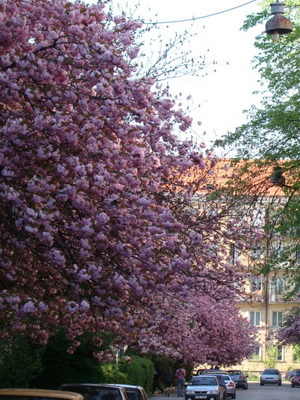
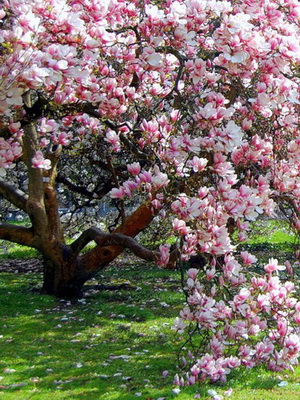
Paulownia bloom
Paulownia is a beautifully flowering tree, native to the tropical and subtropical countries of Asia – Japan, China, Taiwan, Vietnam, Laos.


Delicate purple velvety bell flowers in spring, even before the leaves appear, cover the bare branches of paulownia. Subtle connoisseurs of beauty, the Japanese considered paulownia worthy to be called an imperial tree. The Chinese have compared the paulownia bloom to the brilliance of a sapphire gemstone and named it the sapphire tree. Paulownia, loved by gardeners, is grown in all countries where winters are not very frosty. The British noticed the similarity of the paulownia flowers elongated into a tube with the flowers of the foxglove herb, in the thickets of which foxes often hide. In England, both foxglove and paulownia are called the same – “fox gloves”.
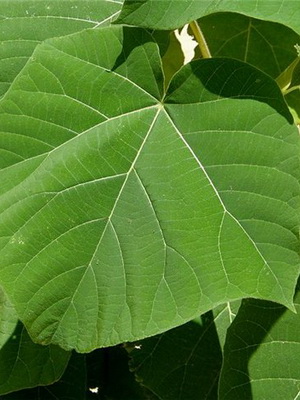
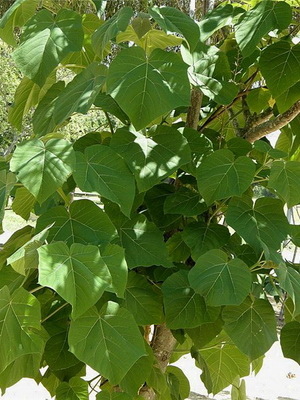
Paulownia leaves bloom at the end of flowering. They are velvety and shaped like fig tree leaves. And the fig leaf, according to legend, was the first clothing of the progenitor of mankind, Adam. From the leaves, paulownia began to be called the adam tree. The scientific name “paulownia” was given to the tree by a 19th century Dutch botanist who returned from an expedition to Asia. The money for the expedition was donated by Anna Pavlovna, Queen of the Netherlands, daughter of the Russian Tsar Paul I. This tree species, new to European botany, was named after her patronymic.
Plumeria flowers
Tropical island, blue sea, palms and black girls in flower necklaces. What kind of flowers did the islanders weave into these necklaces? Most often these are flowers of the evergreen plumeria tree. The native land of plumeria is the tropical islands of the Pacific Ocean, Southeast Asia and South America.


Beautiful pink, white, yellow or purple plumeria flowers with dense, like wax, petals do not fade for a long time and are suitable as decoration. The shape of the 5-petal flower is simple, but it is so delicate and graceful that it cannot fail to attract attention. Its wonderful scent changes with the changing weather or time of day. Indoor plant lovers have “tamed” plumeria and grow this capricious plant from seeds. In skillful hands, even a one-year-old sprout of plumeria can bloom.
Hibiscus flowering and its photo
The flowering of hibiscus can also be observed in the personal plots of domestic gardeners. More than 200 species of hibiscus are common in the tropics and subtropics of Asia, Africa and America. Tubs with unpretentious hibiscus – Chinese rose decorate apartments and foyers. This shrub blooms with lush red flowers for months. The annual herbaceous hibiscus mallow is a popular and unpretentious garden flower, often found in garden plots. Syrian hibiscus adorns the gardens and parks of southern cities, grows, including in the south of our country. From the dried petals of the sabdariff hibiscus, also known as the Sudanese rose, the Egyptians prepare the hibiscus drink, which is more popular in Egypt than tea. This ruby drink with berry fruit juice not only quenches thirst well, but also heals many ailments.
Look at the flowering of hibiscus in the photo – different varieties of culture are shown:
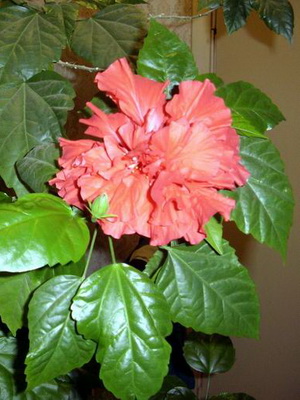
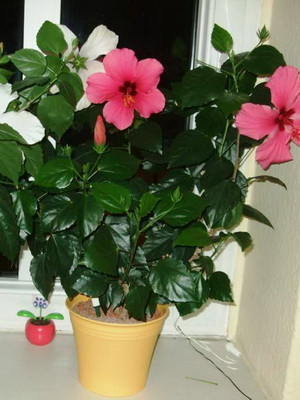
Blooming hydrangea: flowering photo
Hydrangea is a shrub native to tropical and subtropical Asia and America, covered with lush caps of elegant flowers from spring to autumn. Hydrangea was brought to Europe from China in 1789, and it became an adornment of palaces and greenhouses. Ballrooms and boudoirs of secular beauties were decorated with tubs with blooming hydrangeas. Since then, more than 100 varieties of hydrangeas have been bred. Experienced gardeners achieve abundant flowering of hydrangeas, this capricious heat-loving plant, and in our temperate latitudes. Small varieties of hydrangeas also bloom in pots on windowsills. Interestingly, the beauty of hydrangeas is not provided by petals, but by white or pink sepals surrounding tiny flowers, barely distinguishable from their surroundings.
The following is a blooming hydrangea in a photo of various colors of buds:
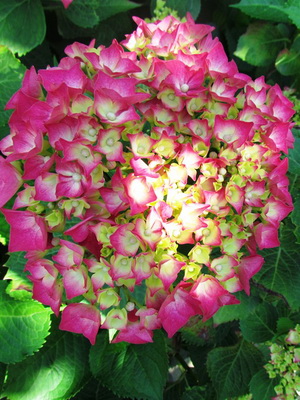
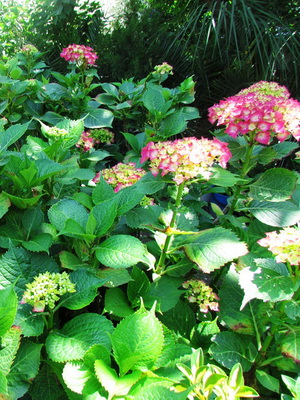
In India and Thailand, gardens and parks are decorated with flowering Ixora shrubs. Hindus adorn the temple of their deity Ixor with spherical clusters of its small pink, orange, red, yellow or white flowers. Hence the name of the plant. Unpretentious in its native tropics, Ixora as a houseplant requires sensitive care. Without good watering, proper soil, an abundance of light and warmth all year round, flowering cannot be achieved from it.
